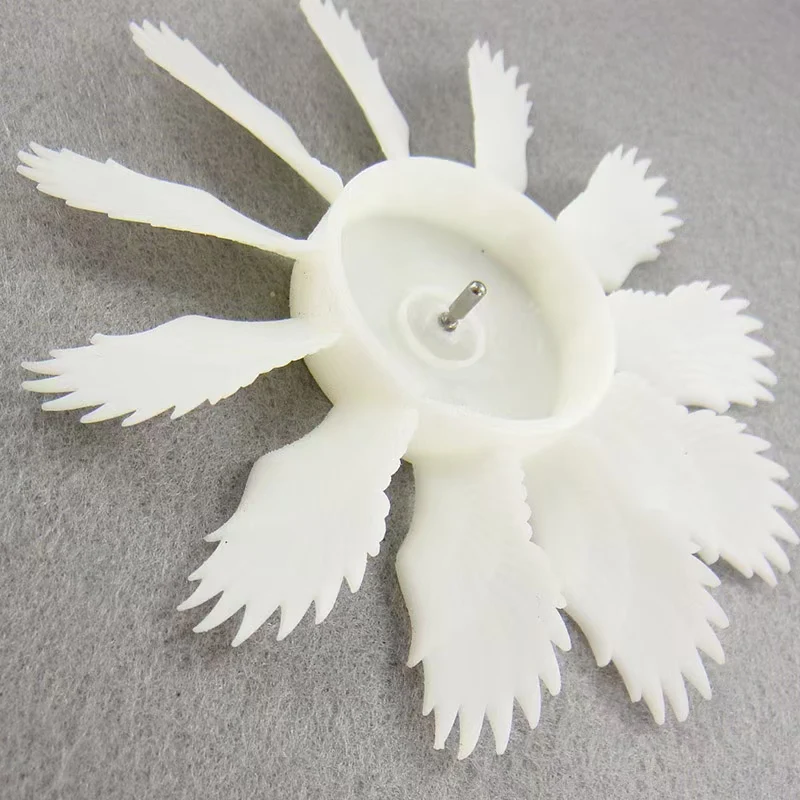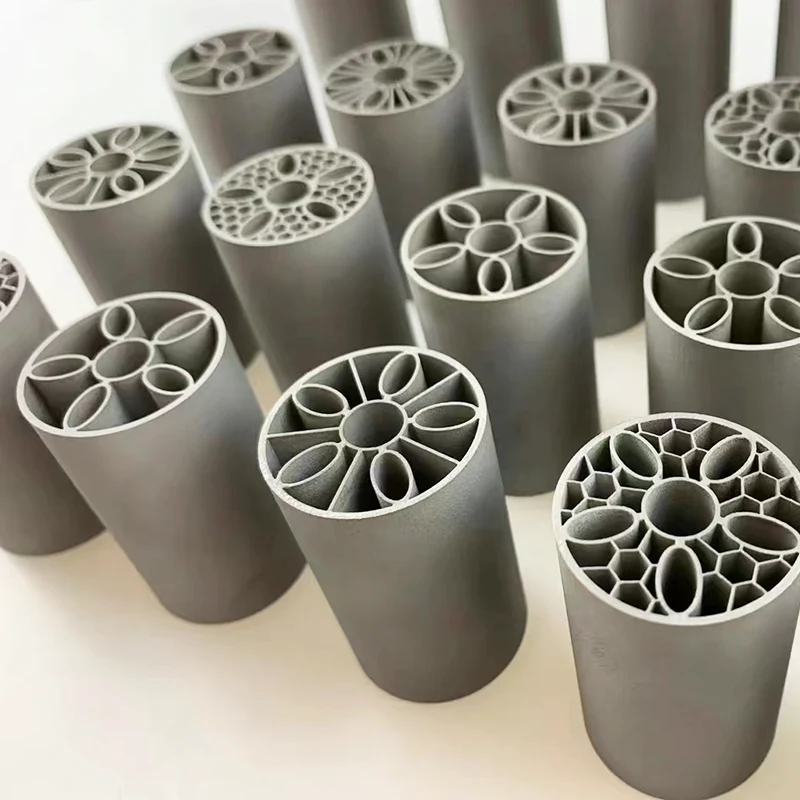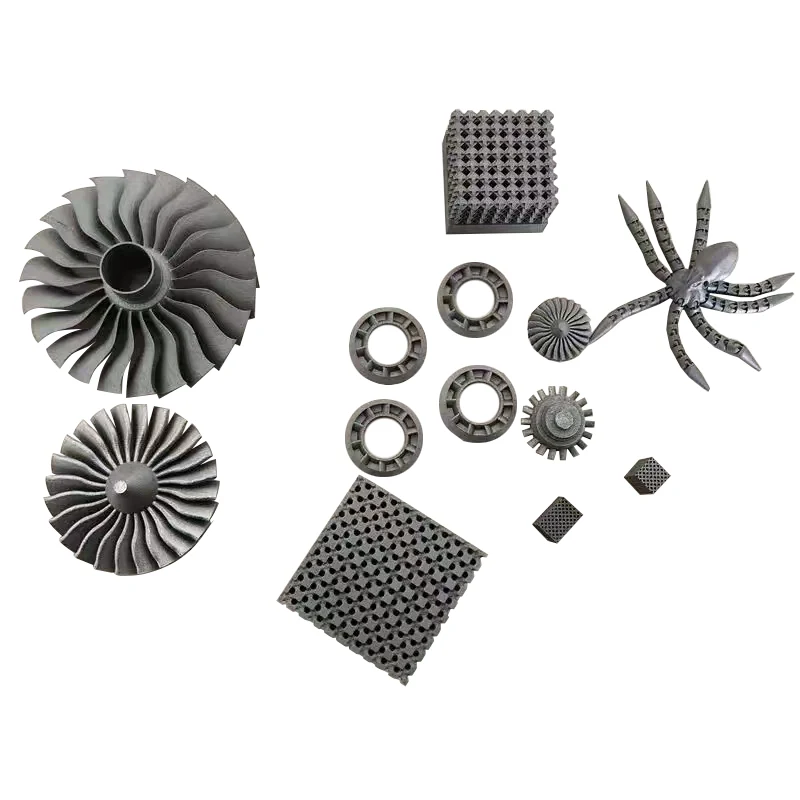- English
- Español
- Português
- русский
- Français
- 日本語
- Deutsch
- tiếng Việt
- Italiano
- Nederlands
- ภาษาไทย
- Polski
- 한국어
- Svenska
- magyar
- Malay
- বাংলা ভাষার
- Dansk
- Suomi
- हिन्दी
- Pilipino
- Türkçe
- Gaeilge
- العربية
- Indonesia
- Norsk
- تمل
- český
- ελληνικά
- український
- Javanese
- فارسی
- தமிழ்
- తెలుగు
- नेपाली
- Burmese
- български
- ລາວ
- Latine
- Қазақша
- Euskal
- Azərbaycan
- Slovenský jazyk
- Македонски
- Lietuvos
- Eesti Keel
- Română
- Slovenski
- मराठी
- Srpski језик
Is Urethane Casting Revolutionizing Short-Run Production in the Manufacturing Industry?
2025-01-04
Urethane casting, simply put, involves the creation of rigid or flexible plastic parts with production-level quality, but in a more efficient and cost-effective manner. By utilizing 3D-printed master patterns and silicone molds, manufacturers can now produce high-quality parts up to 30 inches in length, tailored to meet specific project requirements. This breakthrough technology is transforming industries that rely heavily on customized and prototype components.
One of the most notable advantages of urethane casting lies in its versatility. The material can be molded into intricate shapes and designs, making it ideal for a wide range of applications across various sectors. From automotive components to medical devices, from consumer electronics to aerospace parts, urethane casting is proving to be a versatile solution that meets the diverse needs of modern manufacturing.

Moreover, the process is environmentally friendly, as it generates less waste compared to traditional molding methods. The use of silicone molds also allows for easier and faster mold changes, enabling manufacturers to switch between different product designs with minimal downtime. This flexibility is crucial in today's fast-paced business environment, where agility and responsiveness are key to staying competitive.
The manufacturing industry has been quick to embrace urethane casting, recognizing its potential to streamline production processes and reduce costs. Many companies are now integrating this technology into their operations, leveraging its benefits to enhance productivity and efficiency. As a result, the demand for urethane casting services is on the rise, driving innovation and growth within the sector.
Recently, a number of significant developments have further solidified urethane casting's position as a leading manufacturing technology. Advances in 3D printing technology, for instance, have made it possible to create more accurate and detailed master patterns, which in turn improve the quality of the final urethane cast parts. Additionally, researchers are continuously exploring new formulations and processing techniques to enhance the material's properties, such as its durability, flexibility, and resistance to chemicals and temperature extremes.

In the automotive industry, urethane casting is being used to produce components like bumpers, spoilers, and interior trim pieces. These parts not only meet strict safety and performance standards but also contribute to the overall aesthetics of the vehicle. Similarly, in the medical field, urethane casting is enabling the creation of precise and highly functional prosthetics, orthotics, and surgical instruments.
As the manufacturing industry continues to evolve, urethane casting is poised to play an increasingly important role. Its ability to deliver high-quality parts quickly and cost-effectively makes it an invaluable asset for companies looking to stay ahead of the competition. With ongoing advancements and increasing adoption, urethane casting is set to revolutionize short-run production, driving innovation and efficiency across various industries.




